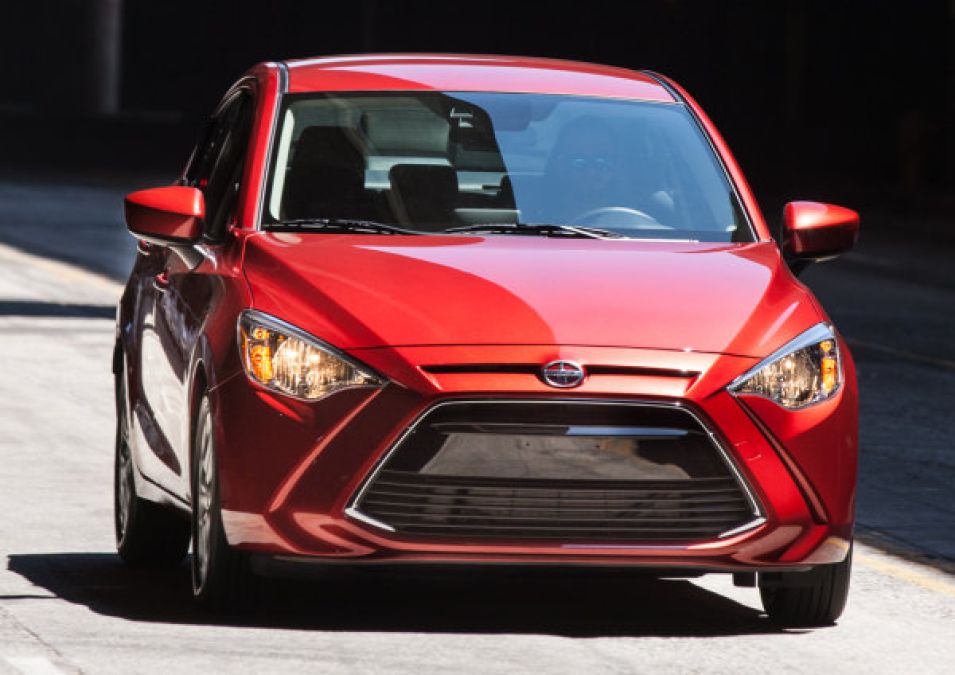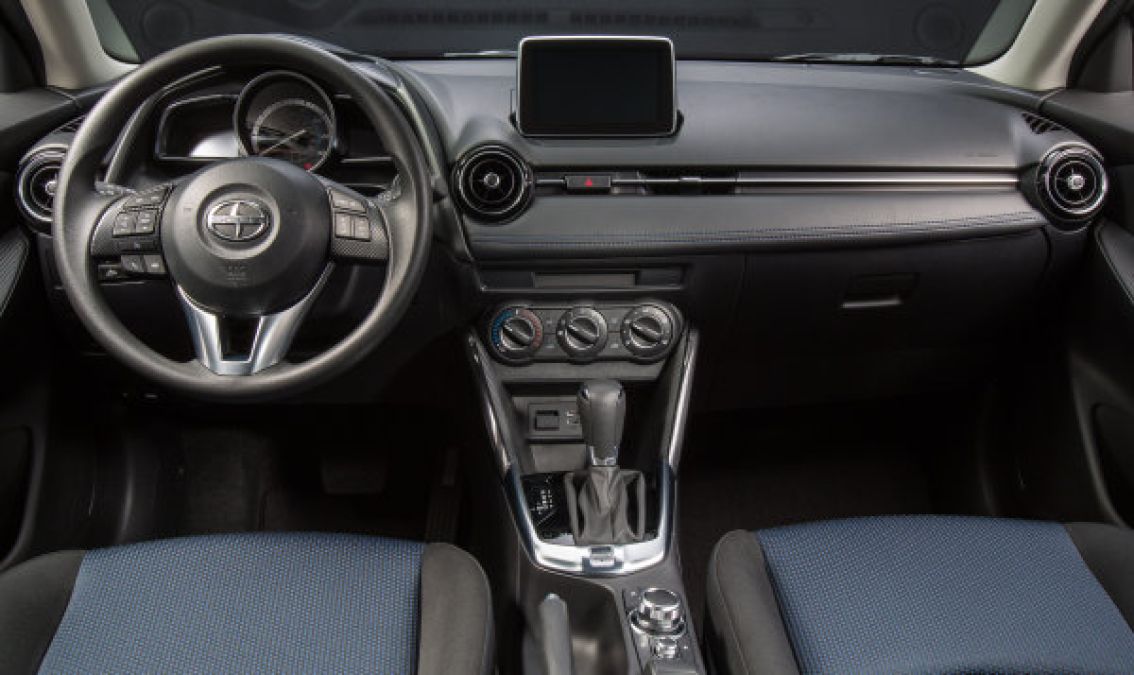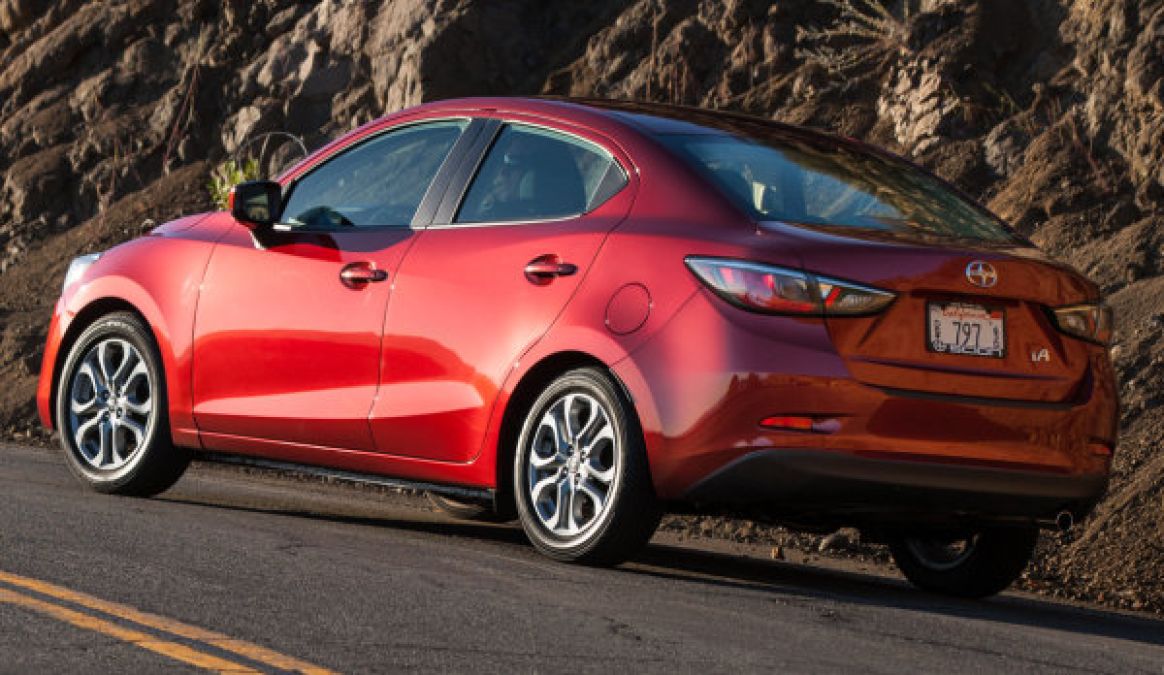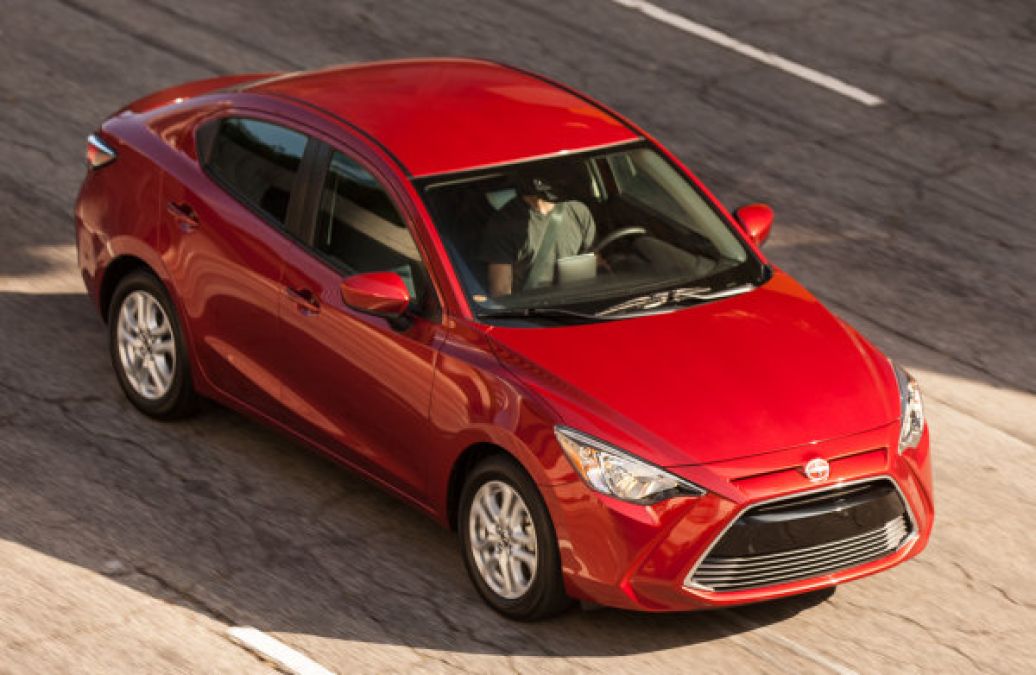When the Scion iA and Scion iM were introduced, they were marketed together in a joint advertising campaign and it seems that as a result of those cooperative commercials, some people think that the iM is simply the 5-door version of the iA.
Who are these people, you ask? Well, I am fairly active in a few closed groups of automotive enthusiasts where I post pictures of my latest test cars and a surprising number of people insisted that the Scion iM is the Madza2 with different badging. That isn’t the case at all. The Scion iA is effectively a rebadged Mazda2, but the iM is an entirely different vehicle in every way. The iA is a sedan and the iM is a 5-door hatchback, but the iM is not a hatchback version of the sedan and today, I break down the differences between these two great little Scion compacts.
The End of Scion
Before getting into the upsides of the Scion iA and iM, I have to address the ugly fact that the Scion brand will officially be discontinued after the 2016 model year. The iA and iM will continue on as Toyota products rather than Scion products, but it is unclear what they will be called when they arrive sporting Toyota badges later this year. However, even if the name changes, I would expect that very little else will change about either of these Scion compacts.
In short, the Toyota iA and Toyota iM should be just as good as the Scion iA and Scion iM, except the Toyota name will give both of these small cars an advantage in the market. I would be willing to bet that just that simple brand change will lead to a sales increase for both cars just due to the goodwill associated with the Toyota brand.
The Quick Differences Between the iA and iM
the Scion iA and Scion iM are the same basic size, but the iM is a little wider and a little lower to the ground, while also being built on an entirely different platform and with entirely different drivetrain features. The iA is built by Mazda and it is mechanically identical to the Mazda2 sedan (or Demio, depending on the market while the iM is built by Toyota on the same platform to the Toyota Corolla sedan.

The Scion iA (above in red) has 1.5L Mazda SkyActiv-G 4-cylinder engine with 106 horsepower and 103lb-ft of torque mated to either a 6-speed manual transmission or a traditional 6-speed automatic transmission while the Scion iM has 1.8L Toyota engine with 137 horsepower and 126lb-ft of torque mated to a 6-speed manual transmission or a Continuously Variable Transmission (automatic).
Since the iM (below in green) is a little larger and a little wider, it offers slightly more interior space and a ton more cargo space, but the lower, sportier seating position of the iM also affords passengers more headroom than the iA. Also, the iM gets sportier suspension, higher performance brakes, bigger wheels and – of course – a bigger price tag while also sacrificing some fuel economy for this sportiness.

Pricing
The Scion models are all subject to the brand’s interesting “this is how you get it” approach, meaning that there are no stripped down models or loaded models. Every iA and iM have the exact same features inside and out, with the exception of paint colors and a few simple accessories, such as floor mats, wheel locks and decal packages. The only real non-accessory option is navigation, which costs $419 in the iA for the upgrade to the standard infotainment system while in the iM, you will pay $900 for a infotainment system upgrade to the BeSpoke Audio with Navigation. If I had to characterize how the cars come from the factory, I would say that they all come loaded, as both cars feature a long list of interior features that would cost you more from many comparable compacts.
In this singular form, the Scion iA with the manual transmission costs $16,495 (including $795 destination) while the Scion iM with the manual transmission costs $19,255 (also including destination). Adding the automatic to the iA adds $1,300 to the final price while adding the CVT to the iM only tacks on an extra $740. In short, the Scion iM will cost you around $2,700 more, but for that extra cost, you get a car that has far more cargo space, a bit more passenger space and a much more engaging drive, but there are also some trade-offs, including the smoother ride of the iA and the superior fuel economy of the sedan.
Interior Amenities and Space
Since the Scion iA and iM are very close to the same size, the seating areas of both cars offer very similar seating space, although the iM felt slightly roomier at each main spot. The iM has a slightly lower seating position, and that puts a bit more space around your head while the rear seat footwells are a bit deeper, offering a little more space for folks seated in the rear. We are only talking about inches of fractions of an inch, but whether I was in the front seat or the back seat, the iM felt a touch roomier.
iM Seats:

iA Seats:

On the other hand, the higher seating position of the iA affords the driver a little better visibility in every direction, but more importantly, the iA is a bit easier to get in and out of in both the front and rear seats. The sportier stance and seating position of the iM puts everyone lower to the ground, but that makes getting into the car harder for older folks or people with bad knees or a bad back. On the other hand, the iA’s higher position makes for easier ingress and egress, along with easier loading of a little one into a child seat. Once again, the difference is nominal, but the difference exists.
Of course, the huge difference comes in cargo space, as the iM’s rear cargo area (shown below) is far more accommodating than the iA’s trunk, and when you fold the back seats down in the hatchback, you can carry as much cargo as some small SUVs. In that area, the iA simply cannot compare.

In terms of interior technology, the iM and iA both come with steering wheel infotainment controls, Bluetooth hands-free phone systems and advanced infotainment systems as standard equipment, although the iM uses a more traditional touchscreen design while the iA uses a knob located on the center console to scroll through and select options on the infotainment screen. Next, the iA has a smaller screen mounted high on the dash where the iM has a larger screen mounted right in the middle of the gloss black dash face. The black dash face of the iM also includes a high tech looking HVAC control panel with toggle type switches and a digital display while the iA uses a very classic 3-knob design, so those buyers who favor a more modern interior look will likely prefer the overall layout of the iM center stack, but neither infotainment system has any real shortcomings.
iM Dash:

iA Dash:

Overall, the Scion iM and iA offer comfortable seating for the same people, but the hatchback’s slight advantages in cabin space makes it slightly more comfortable for the driver and all passengers, while the higher seating position of the iA sedan will be favored by those who don’t like climbing up out of their car. Also, while both cars have the same basic interior technology, the iM has a “techier” HVAC system and a superior infotainment system when you upgrade to the BeSpoke stereo option.
Driving Dynamics
The most obvious difference between the drivetrains of the Scion iM and the Scion iA is what is tucked under the hood, as the iA sedan has the 1.5L mill with 106hp and the iM hatchback has a 1.8L mill with 137 horsepower. With the two cars being similar in size and having such vast differences in power levels, you might expect the hatchback to be far more engaging to drive – and you would be right. The iA really doesn’t feel underpowered in any normal driving situation and it has no issues keeping up with even Detroit’s quick-moving highway traffic, but having driven these two cars back to back with the manual transmission, I can say without any question that the iM is the more entertaining car to drive.

The iM is quicker off of the line, it pulls better through the midrange (like when cruising on the highway and accelerating to pass slow-moving traffic) and it offers more ton-end capabilities. Also, thanks to the hatchback’s sport suspension setup and large rims wrapped in lower profile tires, the iM also handles better than the iA. When going from one car to the other, the iM immediately feels far more planted, with a sportier stance on the road and a sportier seating position giving the hatchback a far more performance-minded feel behind the wheel. The iM steering is more responsive, it provides you a better feel of the road and the iM feels more stable during hard cornering, whether you are cruising along the highway through a long, sweeping turn or cutting through a series of tight turns on a backcountry road.

The iA doesn’t handle poorly by any stretch, but the less aggressive suspension setup gives the sedan a touch more body roll and a higher, less performance minded feel on the road. However, the trade-off is that the iA offers a much smoother ride than the iM. The sporty suspension of the hatchback gives the driver a better feel for the road, but you also feel more of the bumps in the road, whereas the softer suspension and smaller wheels of the iA do a better job of absorbing any roughness from the road surface. Also, I found that the iA was slightly quieter when cruising at high speeds thanks to the thicker sidewalls and more forgiving suspension.
Finally, one key metric that is on everyone’s mind when buying a new compact car is fuel economy, and while both the Scion iA and Scion iM offer solid figures – the less powerful iA offers significantly better MPG. To be exact, the iA will hit 31mpg around town, 41 on the highway and a combined number of 35mpg while iM drivers can expect to see 27mpg around town, 36 on the highway and 31 combined (both with the manual transmission). Those are the official EPA numbers, but in my testing, I found that highway numbers and combined numbers were within a few tenths of my own figures, so owners can expect to see those EPA numbers – especially if they spend lots of time driving on the highway.
The Final Word
So who should consider the Scion iM and who should consider the Scion iA?
First off, if cargo space and passenger space are among your key concerns, the Scion iM is the far better choice. If fuel economy and a lower purchase price are among your key concerns, the Scion iA is the far better choice.

If you aren’t all that concerned with cargo space or fuel economy and both cars are within your budget, you have to look at how much you care about a high tech interior and the improved driving dynamics of the iM. The hatchback has a more modern looking interior with a slightly better infotainment system and better driving dynamics, but are those advantages worth the extra $3,000 (roughly) to you? For me, they are, and if I were shopping between the two new compact Scions, the iM would be the easy choice. I prefer the iM’s aggressive exterior, I like the extra interior space and I love how it drives, but I totally get that many small car buyers aren’t all that concerned with performance. So, if you aren’t concerned with how well your new compact car corners or accelerates and you don’t care about the prettier HVAC controls or the cargo hauling abilities, the iA is likely the better choice for you.

The iA is easier to get in and out of, it gets better fuel economy in every situation, it offers a smoother ride and it costs around $3,000 less when equipped with navigation, so in the end – the iA is a remarkable budget buy for someone who wants a well-appointed compact sedan while the iM offers more cargo space, more fun to drive factor and a more aggressive exterior design for around $3,000 more.
In the end, I believe that those prospective buyers who want a car that is more eye-catching and more fun to drive will lean towards the iM while those who want a car that is more practical in terms of comfort, efficiency and purchase price will prefer the iA.













Comments
I am based in Australia and
Permalink
I am based in Australia and can clarify this in different way. We don't sell the Scion brand here but can be aligned against our models. The iA is a rebadged Mazda 2 which is a sub-compact car which is the same class as a Toyota Yaris or Honda Jazz. The iM is a rebadged Toyota Corolla Hatch which is a compact car which is the same class as a Mazda 3 or Honda Civic. I drive a 2015 Corolla Hatch and its great. Hope this helps
As I read this review/road
Permalink
As I read this review/road test I became extremely confused. I thought that the cars were getting mixed up?
The iA us far more engaging to Drive. The car has a free revving engine and communicative direct steering.
The iM drives like a Corolla with better underpinnings. It grips well, but the steering is over boosted. It’s rather dull. The transmissions are not as well sorted like the ones in the iA.
The iA is far more efficient and fun. The iM more spacious with more grip on the road, but you aren’t really engaged with the experience.